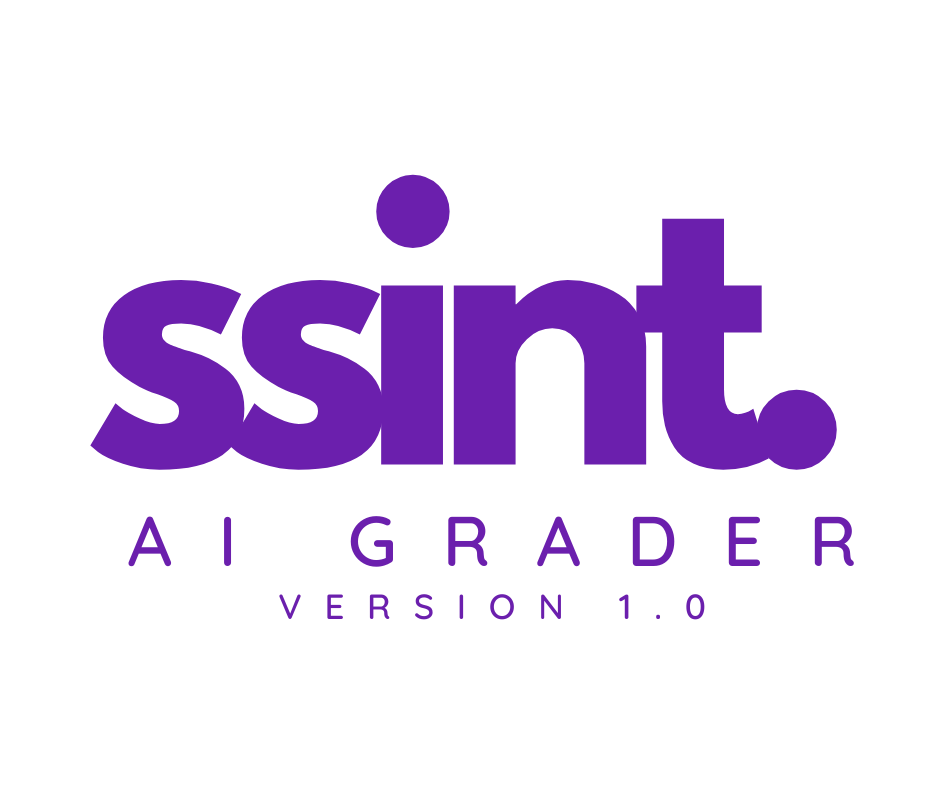
Understanding SSINT’s Defect Grading System: Corners, Edges, Surface & Centering Explained
At SSINT Grading, precision and transparency are at the core of everything we do. Every card submitted to SSINT undergoes a meticulous evaluation based on measurable, consistent standards that ensure collectors receive a fair and accurate grade.
Our grading process focuses on three key defect categories — Corners, Edges, and Surface — supported by a weighted centering analysis for a complete and objective assessment.
🔍 The Three Pillars of Defect Grading
Each trading card is evaluated on its front and back separately to account for wear, printing inconsistencies, or handling imperfections.
1. Corners
Corners are inspected for wear, bends, fraying, or whitening. Sharp, clean corners with no signs of wear contribute to higher grades.
2. Edges
Edges are carefully examined for chipping, print defects, or cuts. Smooth, consistent edges with no damage maintain the card’s overall structural integrity.
3. Surface
The card surface is checked under bright, angled light to identify scratches, scuffs, print lines, or dents. A flawless surface plays a major role in achieving top grades.
⚙️ How SSINT Calculates Grades
Our grading model separates the Front Grade and Back Grade, then combines them using a weighted system — giving slightly more influence to the front of the card, which is most visible when displayed or encapsulated.
Front Grade Formula
Front Grade = (Corner Grade + Edge Grade + Surface Grade) / 3
Back Grade Formula
Back Grade = (Corner Grade + Edge Grade + Surface Grade) / 3
Final Grade Formula
Final Grade = (0.6 × Front Grade) + (0.4 × Back Grade)
This ensures the front of the card has a 60% impact, while the back contributes 40%, creating a fair and collector-focused evaluation.
🧮 Grading Example
Let’s walk through a real grading example to see how the system works in practice:
Front of Card:
-
Corners: 9
-
Edges: 9
-
Surface: 10
Back of Card:
-
Corners: 8
-
Edges: 9
-
Surface: 8
Step 1: Calculate Front Grade
(9 + 9 + 10) ÷ 3 = 9.33
Step 2: Calculate Back Grade
(8 + 9 + 8) ÷ 3 = 8.33
Step 3: Calculate Final Grade
(9.33 × 0.6) + (8.33 × 0.4) = 8.93 ≈ 9
Final Grade: 9 (Mint)
This weighted approach mirrors the professional grading standards used across the industry while ensuring accuracy and transparency for every collector.
🎯 The Role of Centering in Grading
In addition to Corners, Edges, and Surface, Centering plays a crucial part in determining the final score.
Centering measures how well the printed design is aligned within the card’s borders — both front and back. A perfectly centered card shows balanced spacing on all sides, which collectors value highly.
Centering Grade Formula
Centering Grade = (0.6 × Front Centering Grade) + (0.4 × Back Centering Grade)
This ensures the front centering — the side most collectors see — carries more weight, while still considering the back alignment for overall balance.
Our centering analysis is powered by AI measurement technology, part of the SSINT AI Grader, delivering instant, pixel-perfect precision across all card types.
💡 Why SSINT’s Defect Grading Stands Out
✅ Mathematically Transparent: Every grade follows a clear, replicable formula.
✅ Balanced Weighting: Prioritizes visual presentation without ignoring back quality.
✅ Consistent Accuracy: AI-enhanced review eliminates subjectivity and human bias.
✅ Trusted Standards: Built to align with professional grading benchmarks used worldwide.
🔗 Experience Smarter, Fairer Grading
Whether you’re grading a rare Pokémon holo, a vintage Topps rookie, or a modern patch card, SSINT’s advanced grading process ensures accuracy you can trust.
Start your submission today at www.ssintgrading.com or contact our team at info@ssintgrading.com for support and verification.
